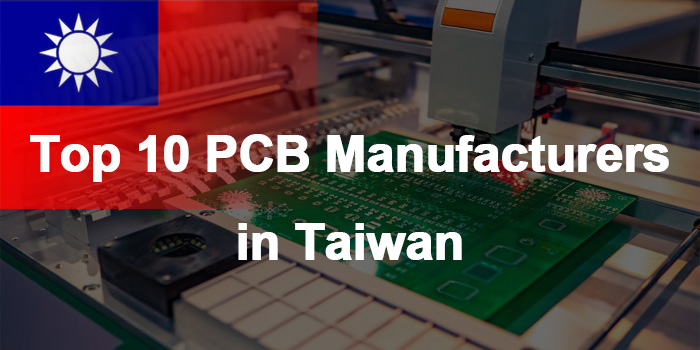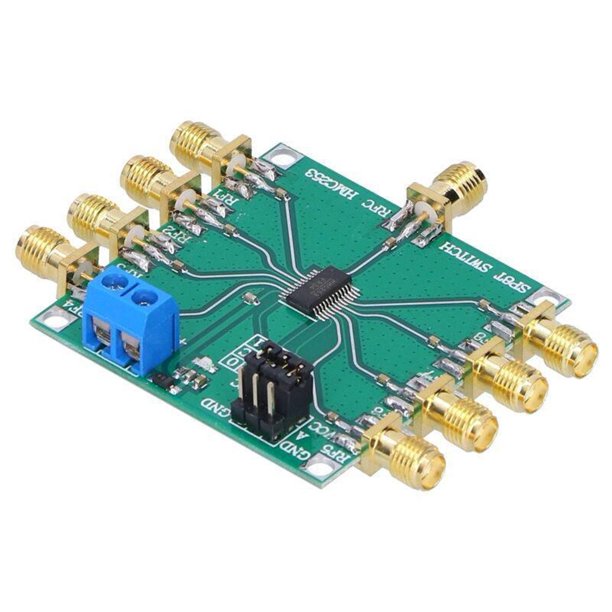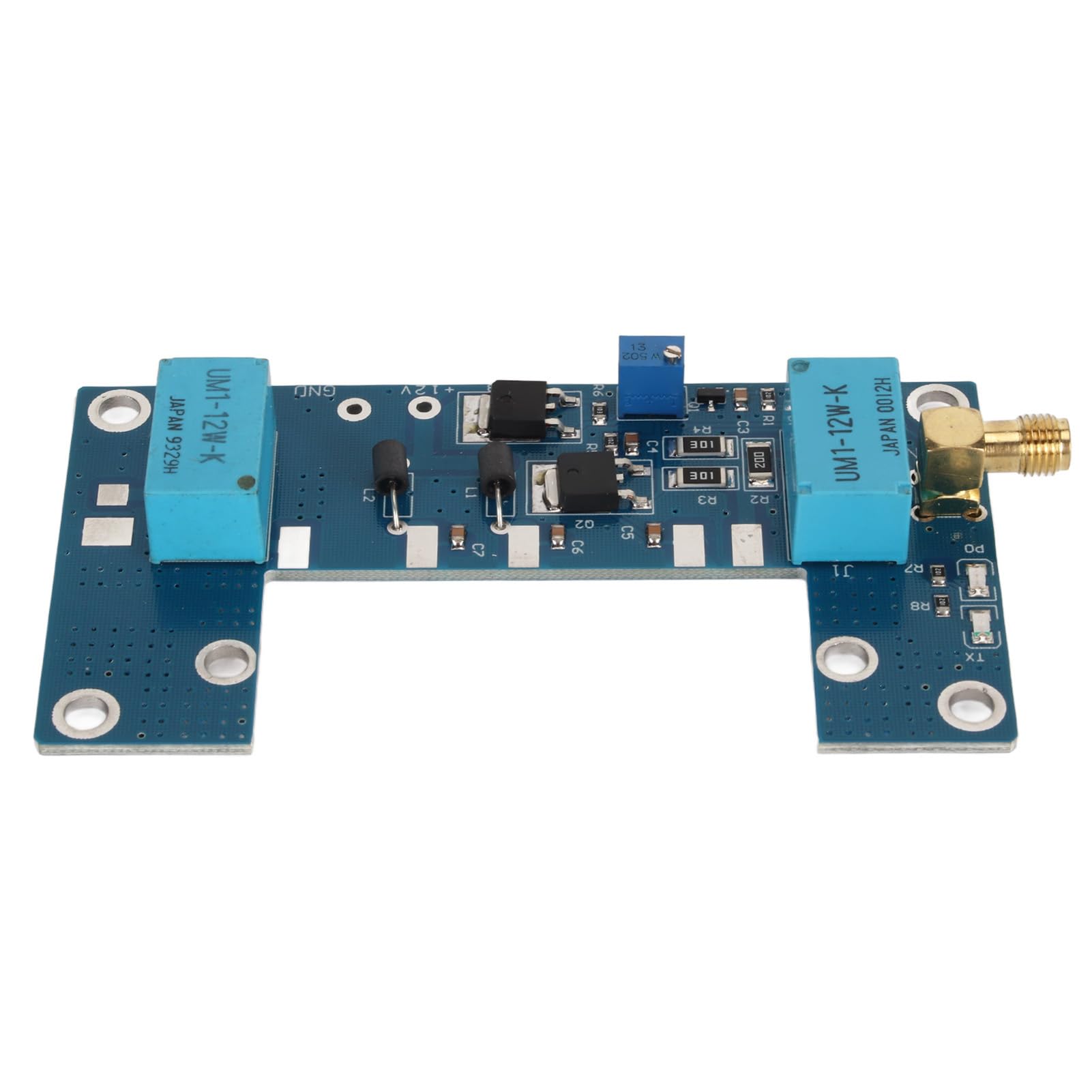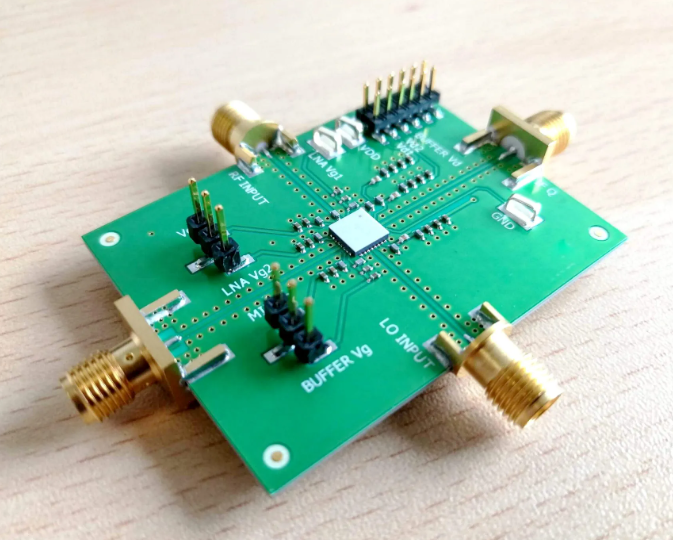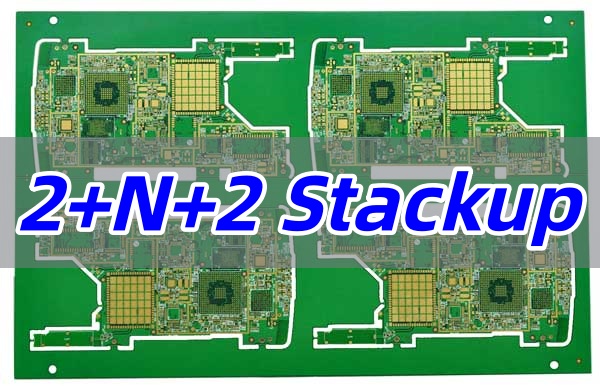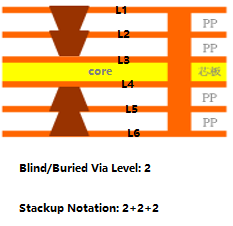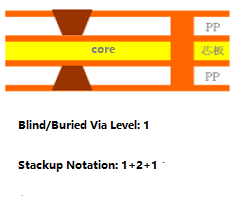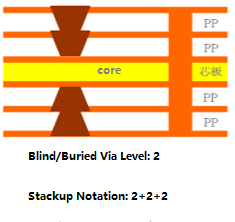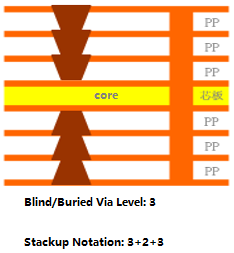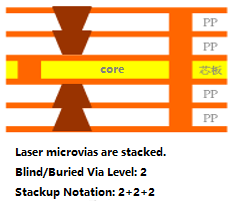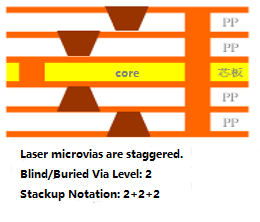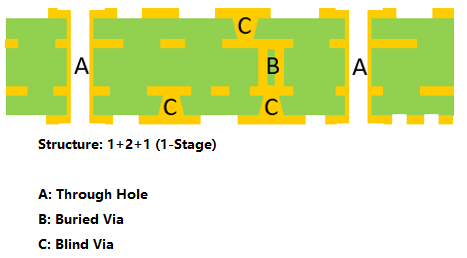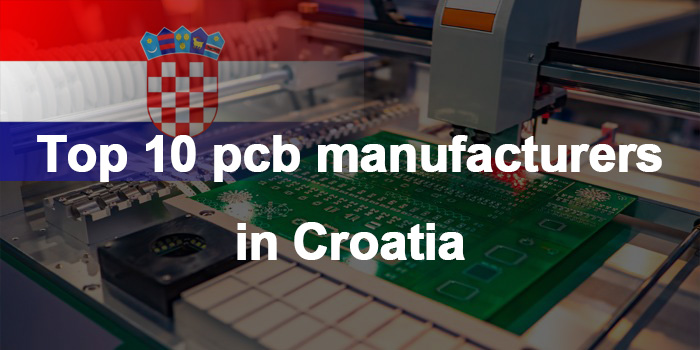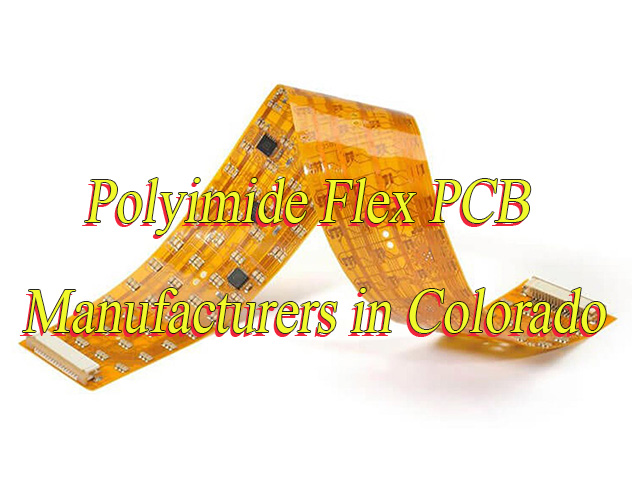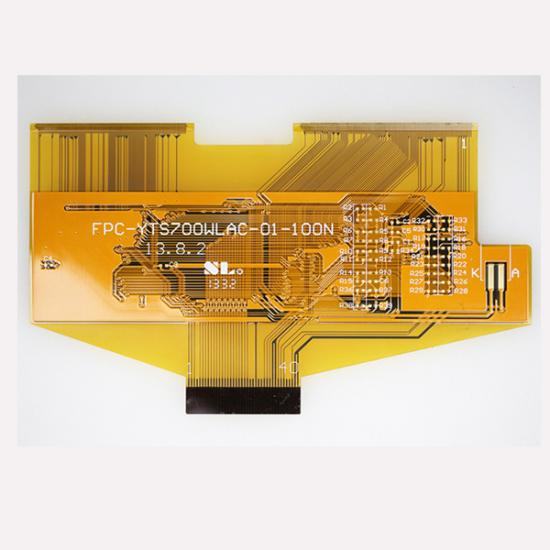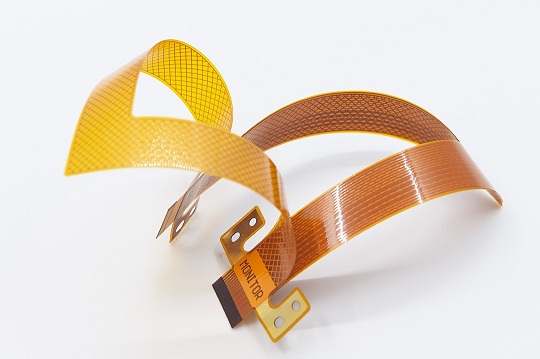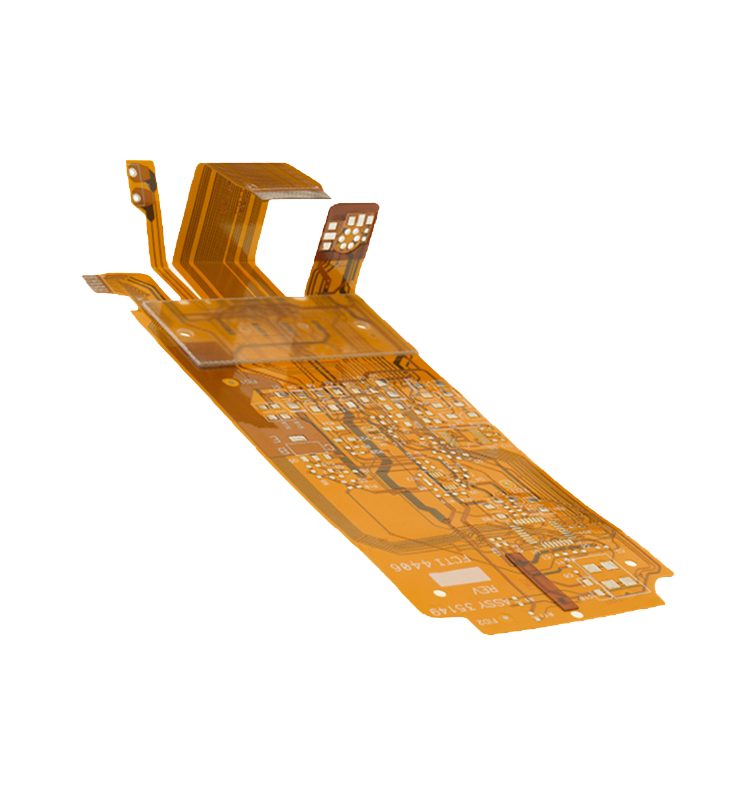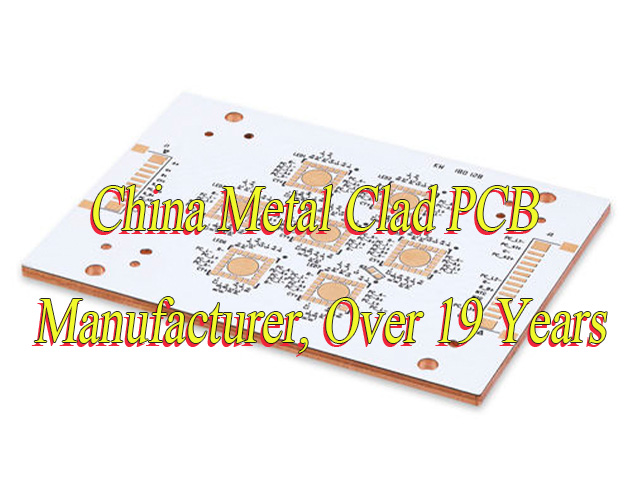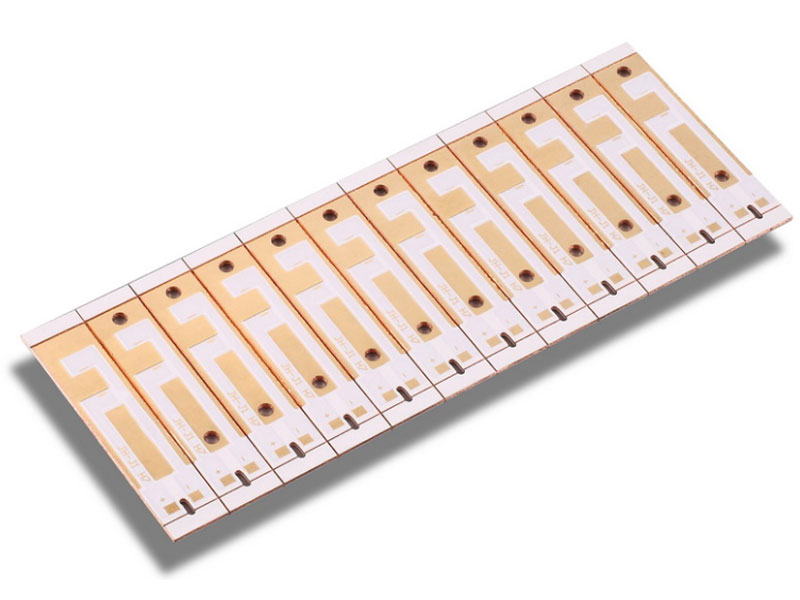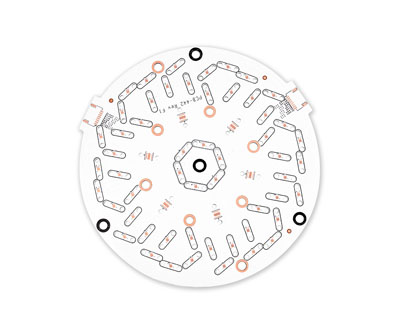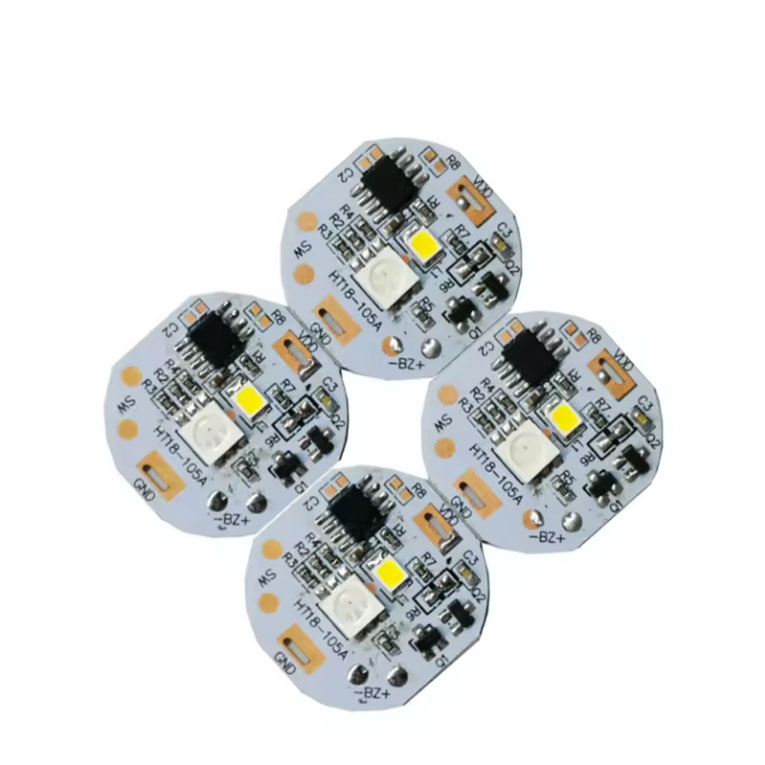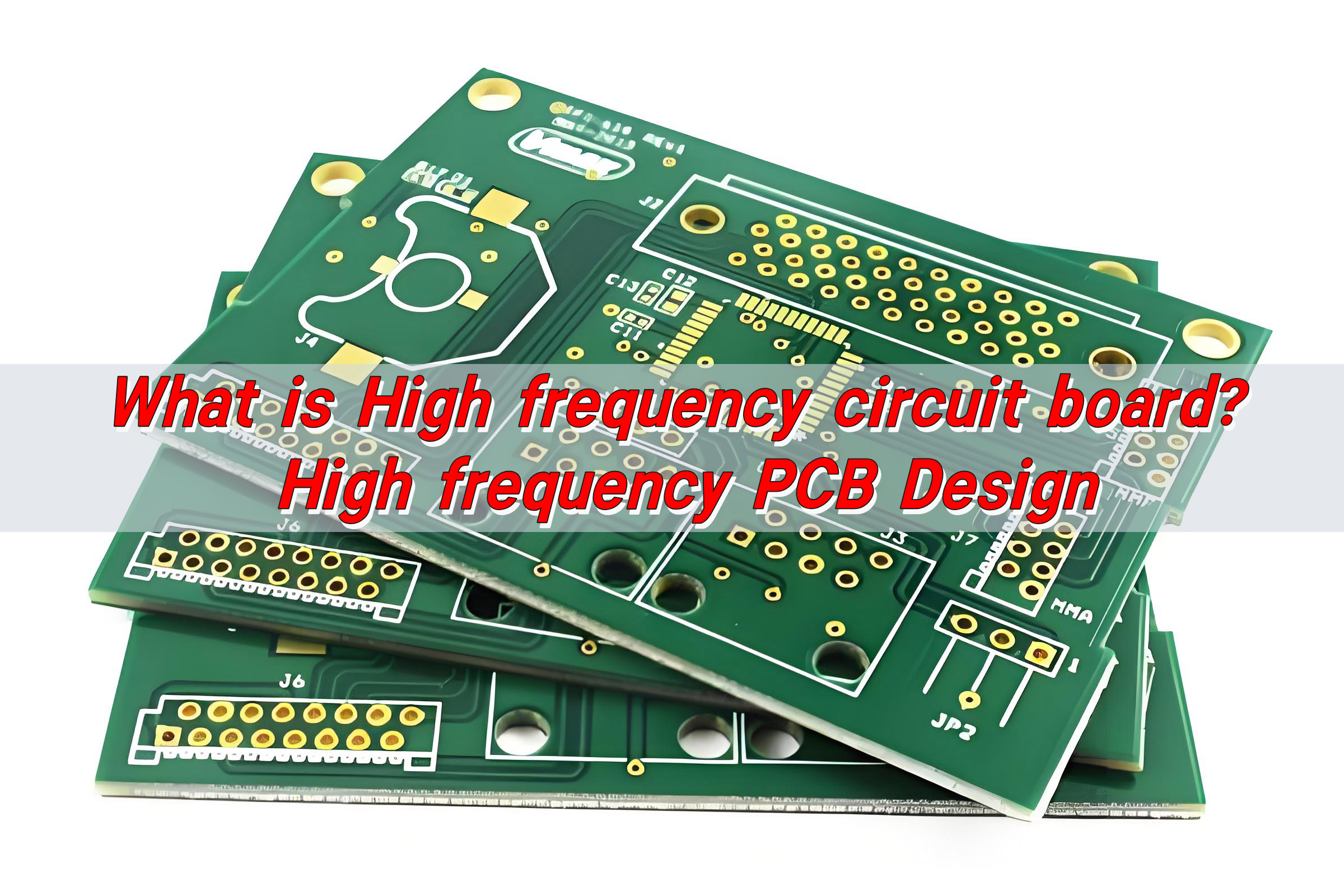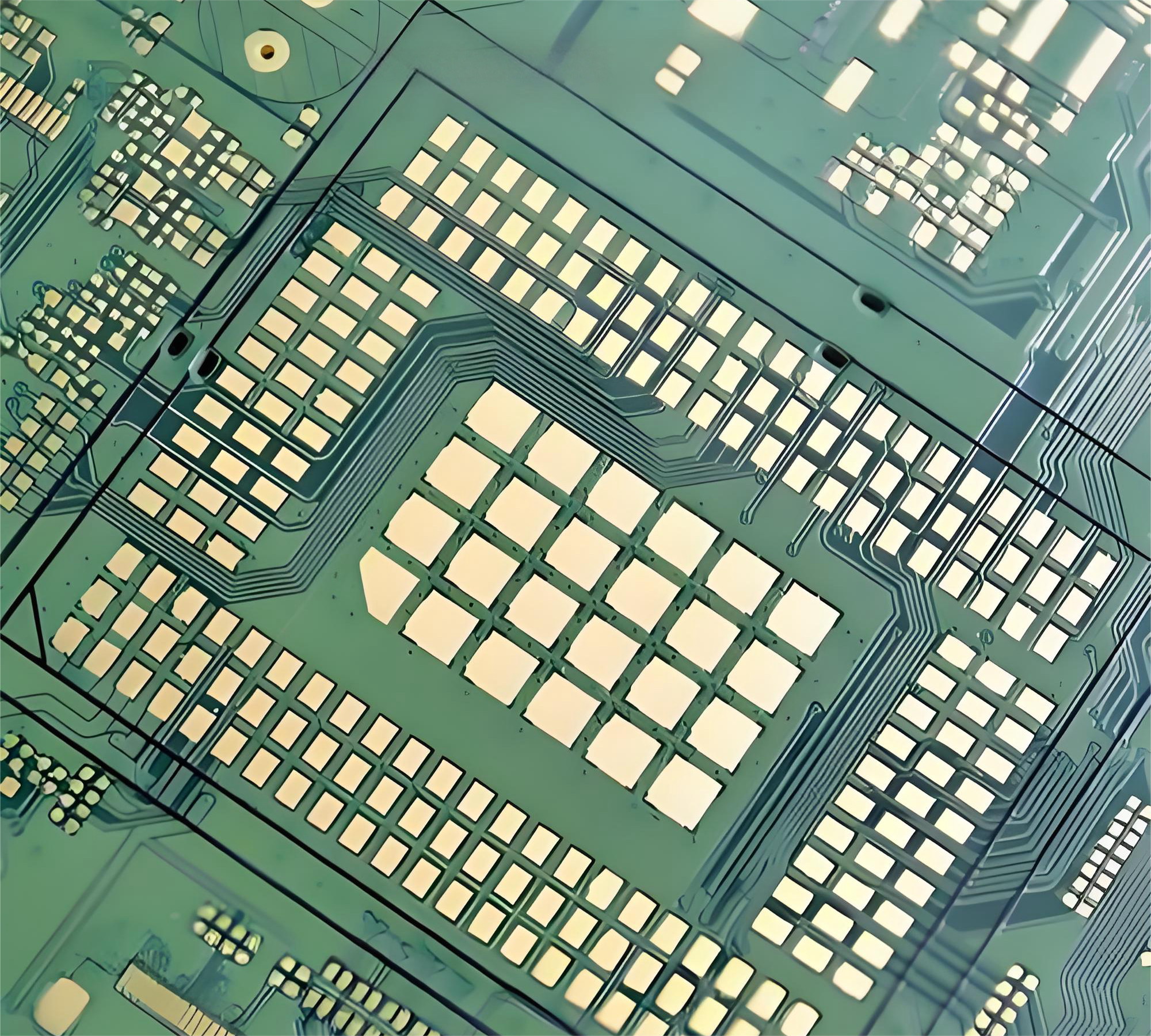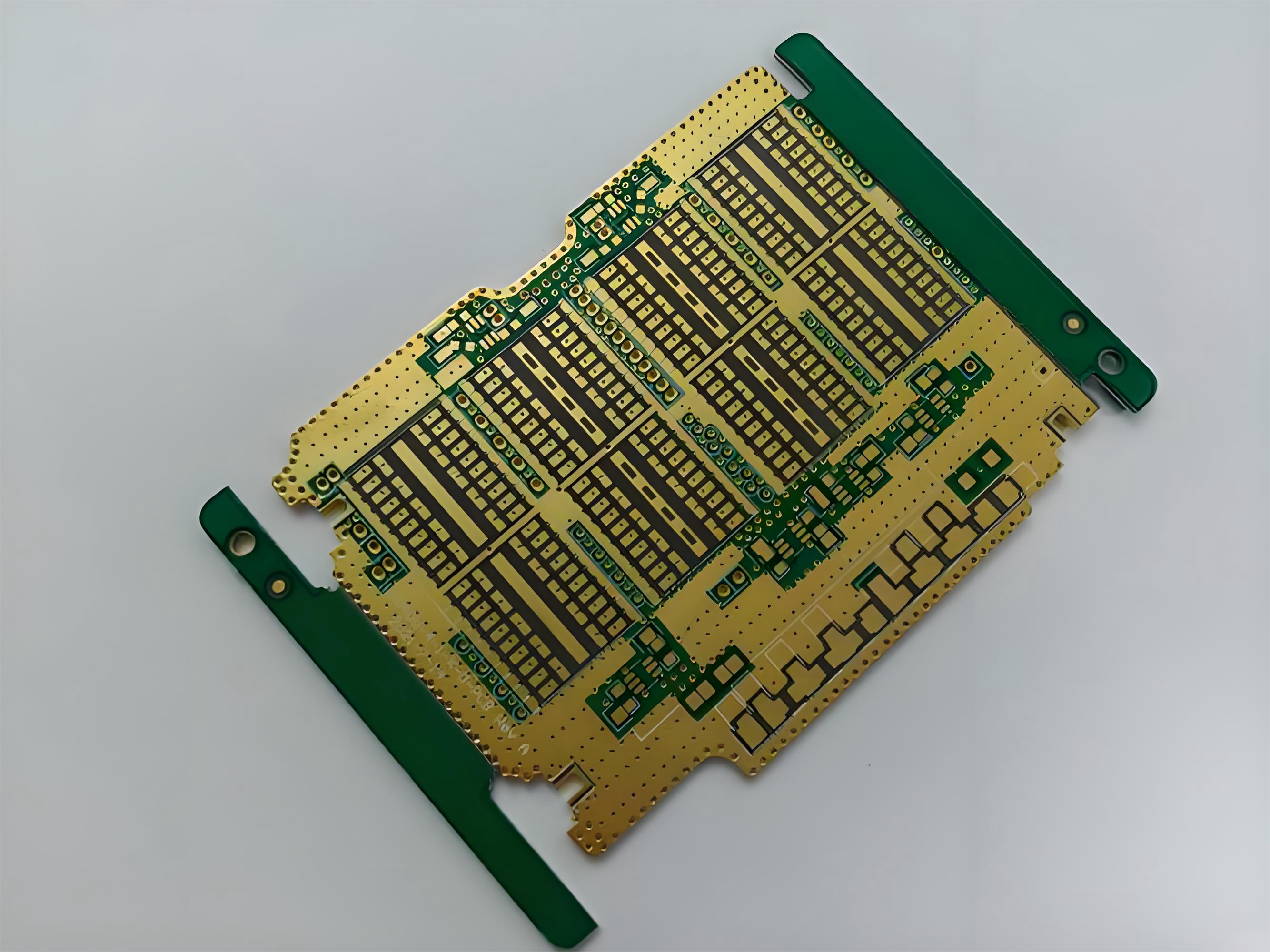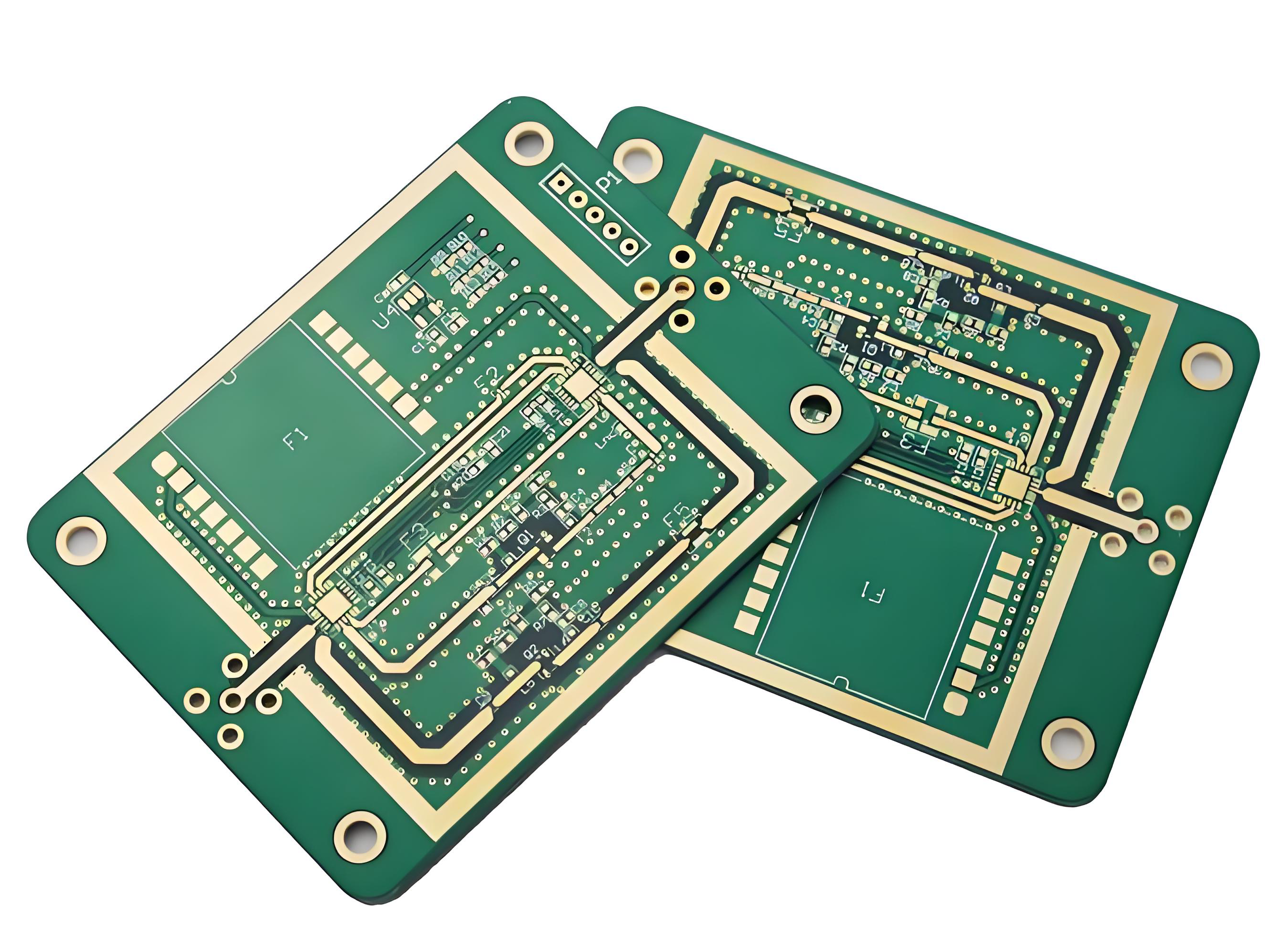Hyderabad, a tech hub in Telangana, hosts a robust ecosystem of PCB manufacturing companies specializing in rigid, flexible, and multilayer boards for automotive, aerospace, and electronics sectors. For businesses seeking reliable partners, the Hyderabad top 10 PCB manufacturers stand out for their adherence to global standards (ISO, RoHS, UL) and tailored solutions‚ÄĒfrom prototypes to high-volume production. Whether you need ceramic PCBs for industrial machinery or quick-turnaround assembly, the Hyderabad top 10 PCB manufacturers combine advanced technology (AOI testing, impedance control) and local expertise to meet diverse project needs, making the city a go-to destination for quality electronic components.

Top 10 PCB Manufacturers in Hyderabad
| Company Name | Process Capabilities | Core Advantages | Address |
|---|---|---|---|
| Argus Systems (AES PL) | Multilayer PCBs (up to 60 layers), ceramic PCB fabrication, blind/buried vias, leaded/lead-free assembly | 1,000,000 units/year production capacity, ISO/ROHS certified, automotive PCB focused solutions | Hyderabad, Telangana (Global facilities in NA & China) |
| Arks Microelectronics India Pvt. Ltd. | Custom application boards, control panel PCBs, SMT assembly, remote monitoring system integration | Specializes in aerospace/defense electronics, established 2009, tailored engineering support | Sri Rajya Lakshmi Nilayam, 401, Plot 66, 9th Phase, KPHB Colony, Hyderabad |
| Yala Varti Engineering Pvt. Ltd. | Low-voltage PCB panels, cable tray integration, electrical junction box PCBs, press-fit assembly | High-voltage fluctuation resistance, construction/industrial focus, competitive pricing | Plot No. 1-109/21, Patancheru, Medak, Hyderabad |
| Accord Power Digital Products | Power PCBs, RO control panels, single-phase PCB assemblies, MS-coated boards | IP-rated designs, cost-effective small-batch production, quick quoting | Plot No. C 12/A/1, Electronic Complex, Street No. 8, Hyderabad |
| MNR Electricals | Synchronization panels, relay PCBs, bus duct-integrated boards, stainless steel cable tray PCBs | Aerospace/defense serving, full-cycle assembly (SMT/THT), quality-checked components | No. 5-35/162, Sy. No. 404, Sony Complex, Hyderabad |
| PCB Circuit (Dewalist Verified) | High-reliability custom PCBs, complex multilayer PCB designs, prototype development | Focus on niche electronics, transparent communication, design optimization support | Bhagya Lakshmi Colony, Hyderabad 500055 |
| EmSys Argus Electronics | Flex-rigid PCB assembly, BGA rework/reballing, COB assembly, conformal coating | Rapid prototyping PCB (low-mid volume), AOI/X-ray inspection, hot-lot urgent services | Hyderabad, Telangana (Manufacturing unit in India) |
| Techno PCB Solutions (Industry Expert) | Double-sided PCBs, impedance-controlled boards, thermal management solutions | IPC-A-600 compliant, healthcare/education sector expertise, on-site testing | Electronic City, Hyderabad |
| Metro Circuits Hyderabad | Thru-hole assembly, rigid PCB fabrication, minimum order quantity (1 piece), lead-free processes | Cost-competitive bulk production, timely delivery, small business support | IDA Pashamylaram, Hyderabad |
| Precision Electronics Pvt. Ltd. | Solar panel PCBs, power transmitter modules, solid-state relay boards | Ceramic material specialization (AlN, Al2O3), high-temperature resistance, ISO 9001 certified | HITEC City, Hyderabad |
How to Choose a Hyderabad PCB Manufacturer
Selecting the right PCB manufacturing company Hyderabad requires aligning your project‚Äôs unique needs with a partner‚Äôs strengths. Start by verifying industry expertise‚ÄĒprioritize Hyderabad PCB suppliers with experience in your sector (e.g., automotive for Argus Systems, aerospace for Arks Microelectronics). Evaluate quality certifications (ISO 9001, IATF 16949) and compliance with RoHS/UL standards to ensure reliability. Assess manufacturing capabilities: confirm they handle your required layer count (up to 60 layers for complex designs) for multilayer PCB fabrication Hyderabad, material type (ceramic, FR4), and processes (blind vias, impedance control). Review turnaround time and minimum order quantity‚ÄĒsome manufacturers excel at rapid prototyping PCB Hyderabad (EmSys Argus) while others specialize in high-volume production (Argus Systems). Finally, check customer support: transparent communication, design feedback (DFM analysis), and post-delivery services (reworks, testing) are critical for long-term partnerships.
Core Pain Points of Hyderabad PCB Manufacturers
- Raw Material Supply Chain Volatility: Fluctuations in availability of high-grade FR4, ceramic substrates, and copper foil disrupt production timelines, especially for multilayer PCB fabrication Hyderabad.
- Skilled Labor Shortage: Gap in trained professionals for precision processes (e.g., blind via drilling, BGA assembly) leading to longer setup times and quality inconsistencies for automotive PCB manufacturers Hyderabad.
- Cost Pressures from Global Competition: Balancing competitive pricing with investments in advanced equipment (AOI/X-ray machines) for Hyderabad PCB suppliers.
- Lead Time Uncertainty for Custom Designs: Complex multilayer PCBs or low-volume rapid prototyping PCB Hyderabad face delays due to limited in-house tooling.
- Quality Control Challenges for Miniaturized Components: Assembling 02001-sized SMT components requires ultra-precise equipment, leading to higher defect rates without regular calibration.
- Regulatory Compliance Burden: Adapting to frequent updates in RoHS, REACH, and automotive (IATF 16949) standards increases costs for PCB manufacturing company Hyderabad.
- Infrastructure Limitations: Power fluctuations and inconsistent logistics impact production stability for Hyderabad top 10 PCB manufacturers.
How to Evaluate Hyderabad PCB Manufacturer Production Capacity
- Annual Production Volume: Verify maximum output (e.g., 1,000,000 units/year for Argus Systems) to ensure automotive PCB manufacturers Hyderabad handle your order size.
- Equipment Sophistication: Check for automated lines (SMT assembly), AOI/X-ray inspection, and specialized machinery for multilayer PCB fabrication Hyderabad.
- Layer Count & Material Expertise: Confirm capability to produce 1‚Äď60 layers and materials like ceramic for Hyderabad PCB suppliers.
- Process Certification: Validate adherence to IPC-A-600 and IPC-610 standards for PCB manufacturing company Hyderabad.
- Batch Flexibility: Assess ability to handle both rapid prototyping PCB Hyderabad (1-piece MOQ) and bulk runs.
- Testing Capabilities: Ensure in-house testing (flying probe, thermal shock) to eliminate post-delivery failures for Hyderabad top 10 PCB manufacturers.
- Scalability: Evaluate if Hyderabad PCB suppliers can ramp up production for sudden order increases.
How to Evaluate Hyderabad PCB Manufacturer Lead Time
- Standard Turnaround Time (TAT): Request TAT for rapid prototyping PCB Hyderabad (3‚Äď7 days) vs. bulk (2‚Äď4 weeks) from PCB manufacturing company Hyderabad.
- Urgent Order Handling: Inquire about hot-lot services for automotive PCB manufacturers Hyderabad and associated fees.
- Supply Chain Transparency: Ask for sourcing timelines to identify bottlenecks for multilayer PCB fabrication Hyderabad.
- Production Scheduling Efficiency: Assess if Hyderabad PCB suppliers use ERP systems to track orders.
- Geographic Proximity to Suppliers: Hyderabad top 10 PCB manufacturers with local suppliers have shorter lead times.
- Rework & Delay Contingencies: Confirm policies for delays with PCB manufacturing company Hyderabad.
- Customer References: Request on-time delivery rates (>95% target) from Hyderabad PCB suppliers.
- Order Size Impact: Verify TAT consistency for rapid prototyping PCB Hyderabad and bulk orders.
Common Issues & Solutions for Hyderabad PCB Manufacturers (FAQ)
Solution: Use high-Tg substrates (‚Č•170¬įC), optimize lamination parameters, and conduct pre-production testing.
Solution: Partner with Hyderabad PCB suppliers offering ¬Ī10% tolerance via TDR testing and DFM reviews.
Solution: Ensure pre-treatment (cleaning), use UV-curable inks, and implement post-cure inspection.
Solution: Select Hyderabad top 10 PCB manufacturers with in-house tooling and pre-book production slots.
Solution: Demand FAI for bulk runs and choose ISO 9001-certified Hyderabad PCB suppliers.
Solution: Verify lead-free processes (HASL, ENIG) and request certificates from PCB manufacturing company Hyderabad.
Solution: Prioritize suppliers with dedicated account managers and real-time order portals.
This guide highlights the Hyderabad top 10 PCB manufacturers as trusted PCB manufacturing company Hyderabad partners, offering multilayer PCB fabrication Hyderabad, rapid prototyping PCB Hyderabad, and specialized solutions from automotive PCB manufacturers Hyderabad‚ÄĒreinforcing why the Hyderabad top 10 PCB manufacturers are the ideal choice for businesses seeking reliable Hyderabad PCB suppliers.



